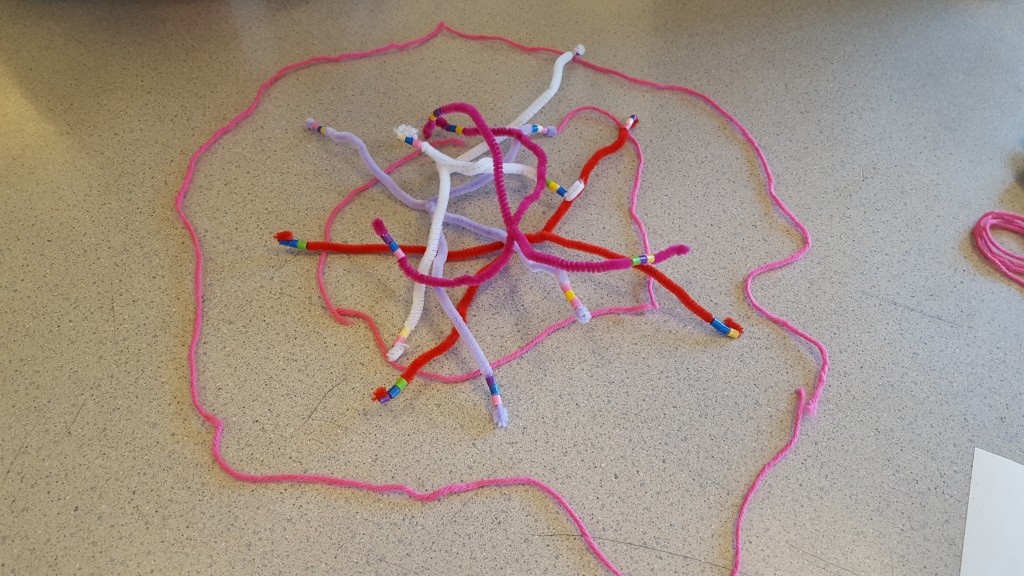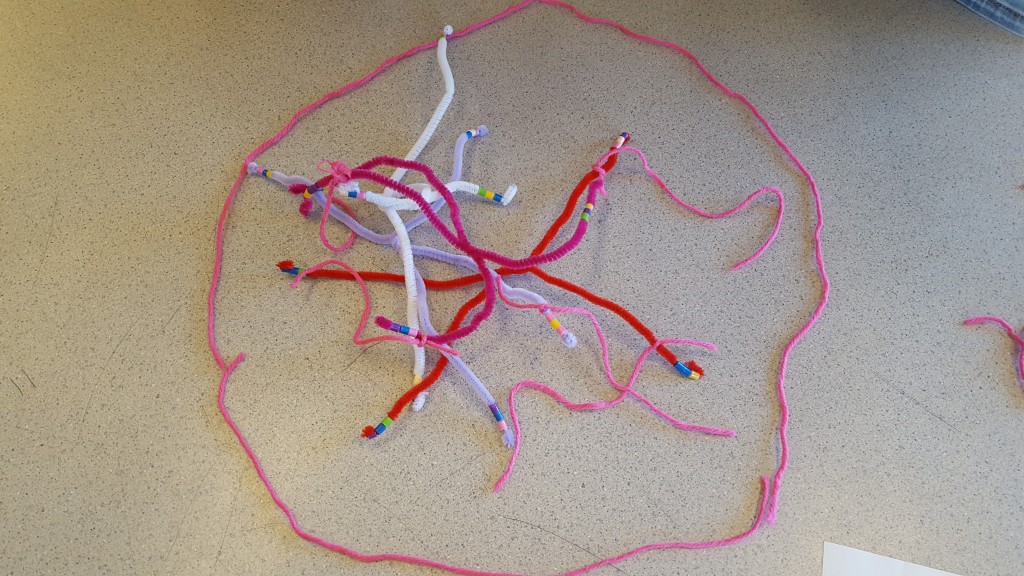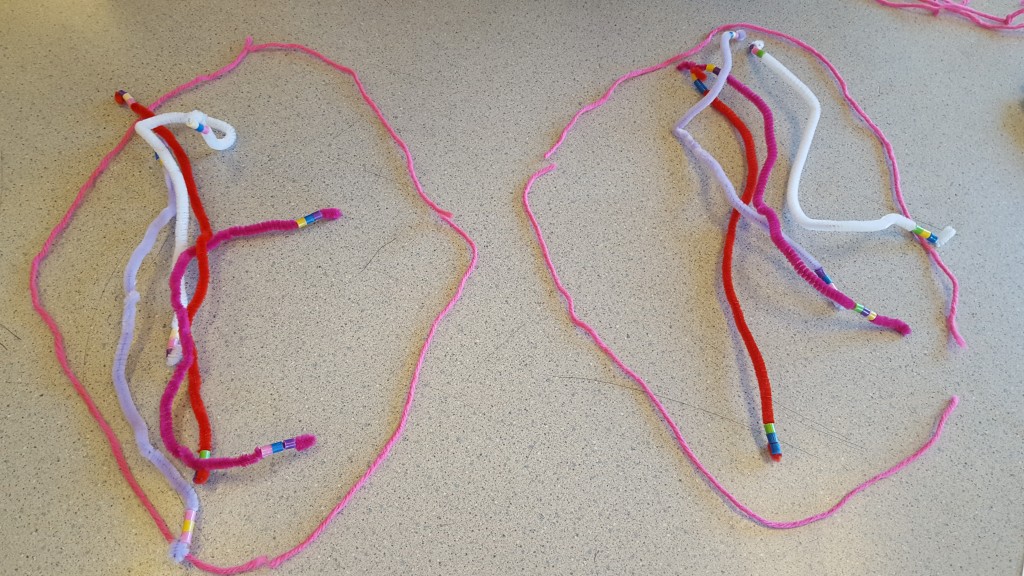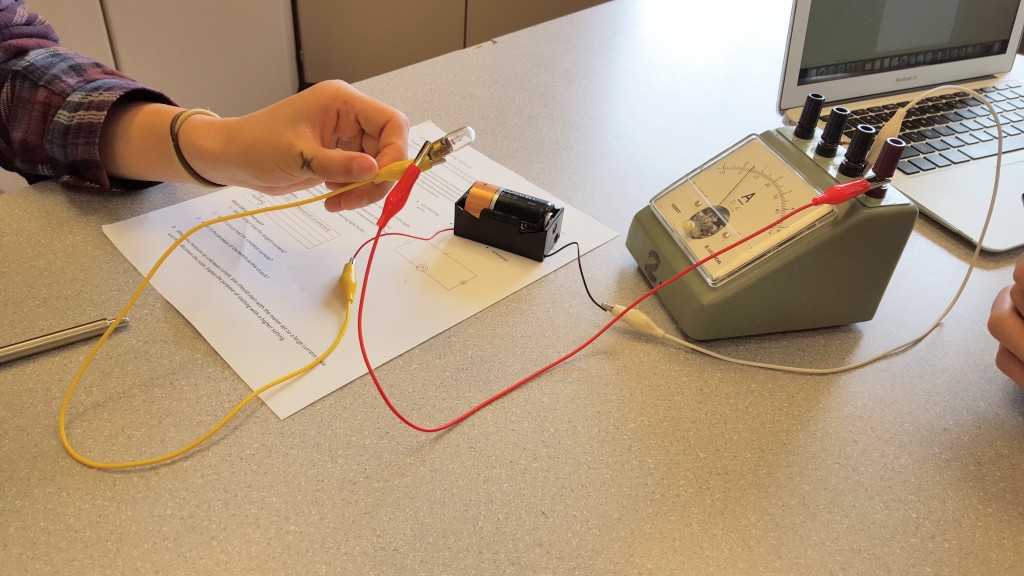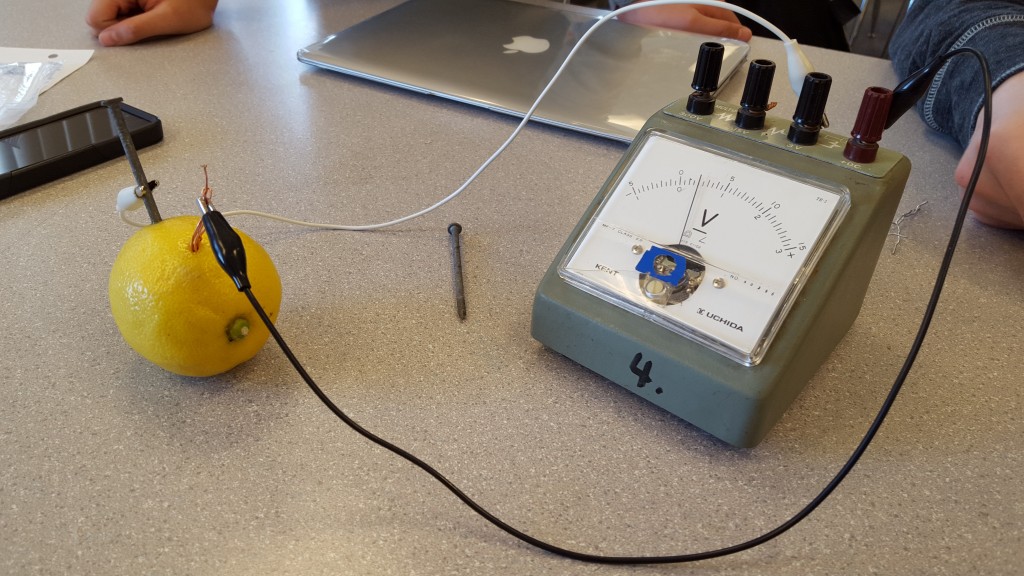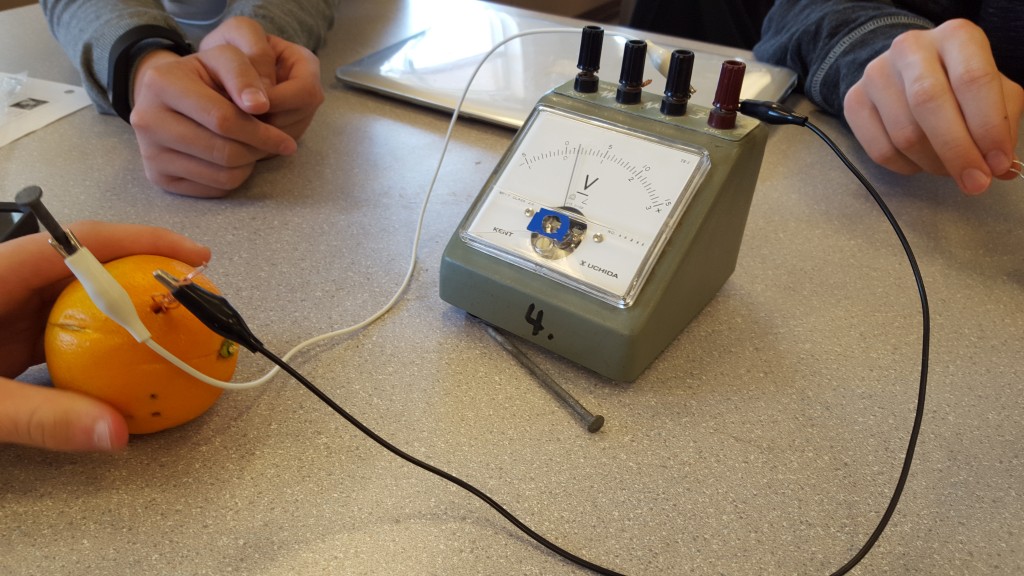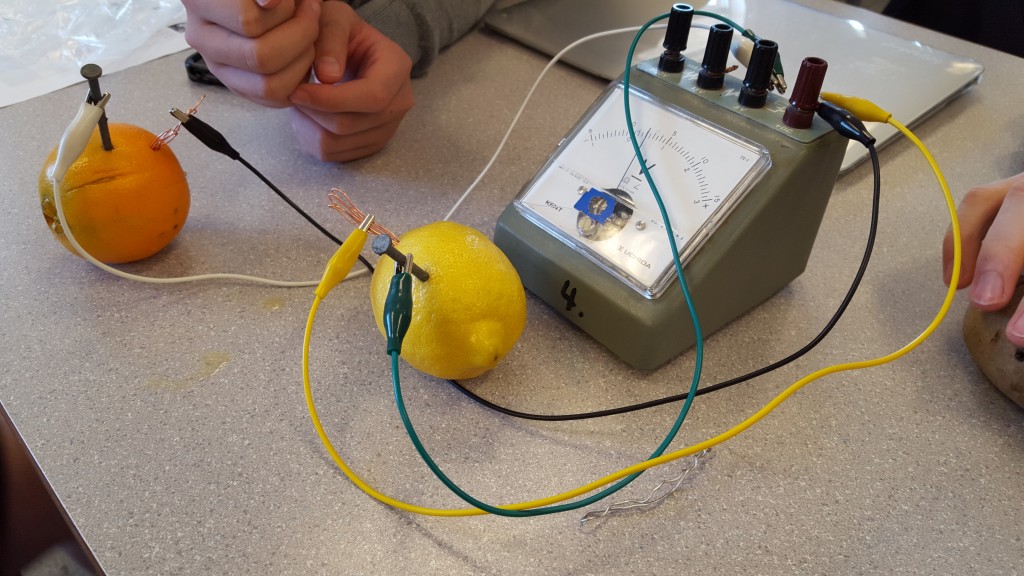

Part 1 : Mutation Story
Hi, I’m a gene from Connie’s body. My job is to tell the body how to make proteins and I also carry the information that determines Connie’s traits, which are features or characteristics that are passed on from her parents. I have been living in her for a long time so, I have lots of memories that I have made with her. I will tell you a story that happened 12 years ago.
It was when Connie’s body was just starting to develop. Her head, neck, and legs were all healthy. Everything in her body seemed just fine. However, it was the time to build her hands and feet when the problem developed. In my house, the 7th chromosome, is made out of DNA. I am also a small segment of DNA so, I guess I’m involved in this mutation. A fragment of DNA moved out of our house(deletion) and that caused ectrodactyly, a syndrome of congenital absence of part or all of one or more fingers or toes. Generally it is known as split hand, cleft hand or lobster claw hand. Connie only had two fingers on her left hand and so as her feet. I heard from grandpa gene that ectrodactyly is a birth defect caused by an inherited gene mutation. Therefore, one of her parents would have this syndrome.
I went to a library and read a book about this syndrome to study if there would be more symptoms. For other additional symptoms, it can cause hearing loss and mental retardation due to the mutations in 7th chromosome. Luckly, Connie doesn’t have these symptoms. I don’t know why that fragment of DNA left our house and made this big disaster. Connie definetly looks different than others and that made me to worry if she would feel leftout.
However, as she grew, I didn’t had to feel that way. Connie was always happy how she can live in this beautiful world. She didn’t care about the difference of her hand and feet. She had not much problem after physical therapy to help her how to write and pick up things. Thankfully she grew into a positive person and Connie and I will have an awseome life later on.
Part 2 : The Making of Mutation Story
- What questions did you need to research in order to create your mutation story?
The questions I had research : What is the definition of ectrodactyly? / What is the cause? / What happened to the gene? / What is the symptom? / Is there a treatment?
- What new or familiar digital tools did you try to use as you worked through this project?
I used my familiar digital tools, Google and Youtube and tried a new digital tool which is http://creativecommons.org/
- What was the process you used to investigate the topic?
There was a book about mutations and I read briefly what ectrodactyly is. Then, I used the Internet to research more about the syndrome. Therefore, I understood what it was and was able to write the story.
- How did you verify and cite the information you found?
I verified it by checking many websites or Youtube videos to make sure the informations are correct. I recorded the link of every website or video that I used for the story. I also put a embedded link to make it easier for the readers to access the websites.
- How did the process of completing this challenge go? What could you have done better?
I think the process went well for me. I could clearly understand what this genetic mutation is. Explaining a genetic mutation by writing out a story was a engaging way to present. However, if I do this again next time, I should prepare this earlier to get creative ideas of how to write the story and also to have more time to find good informations. It would have been more interesting if I made a video or a powerpoint.
Citations (Click in order to go to the website)
Pictures from : http://biomedicalephemera.tumblr.com/post/38393863999/skiagraphs-x-rays-of-the-hands-and-feet-of-a
http://drpanossian.com/surgical-solutions/hand-deformities/#ectrodactyly
Informations from : http://www.rightdiagnosis.com/e/ectrodactyly/intro.htm
http://emanuelkyoko-ectrodactyly.weebly.com/genetic-cause.html
https://en.m.wikipedia.org/wiki/Ectrodactyly
Ectrodactyly Ectodermal Dysplasia Cleft Lip/Palate







